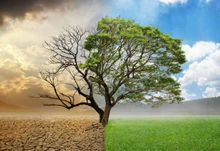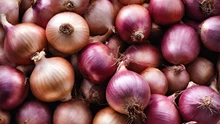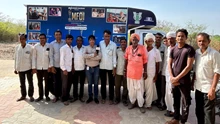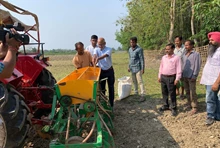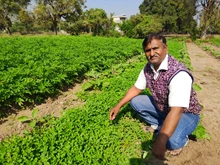
To increase the production of Heeng and Saffron two spices in India, the Institute of Himalayan Bioresource Technology (CSIR-IHBT) and the Department of Agriculture, Government of Himachal Pradesh, have forged strategic and implementation partnership based on their mutual strengths.
This partnership is expected to provide immense benefits to Himachal Pradesh by way of increased farm income, livelihood promotion, and rural development. To facilitate this development, a number of steps will be undertaken such as transfer of innovations by means of capacity building, skill development, and other extension activities of prospective farmers and officers of the Department of Agriculture.

Saffron and Heeng (asafoetida) are the most valuable spices of the world and widely used in Indian cuisine since time immemorial. In India, the annual demand for Saffron spice is 100 tons per year but its average production is about 6-7 tons per year. Hence a large amount of Saffron is being imported. Similarly, there is no production of Heeng in India and currently about 1200 tons of raw Heeng worth Rs 600 crore is being imported from Afghanistan, Iran, and Uzbekistan.
Introduction of these crops will reduce the import. CSIR-IHBT will provide technical know-how to the farmers, impart training to state agriculture department officers and farmers, and set up corm and seed production centres of Saffron and Heeng, respectively, in the state,” said Dr Sanjay Kumar, Director, IHBT.
At present, about 2825 hectares of land is under cultivation of Saffron in Jammu and Kashmir. IHBT has developed the production technology for Saffron and introduced its cultivation in non-traditional






